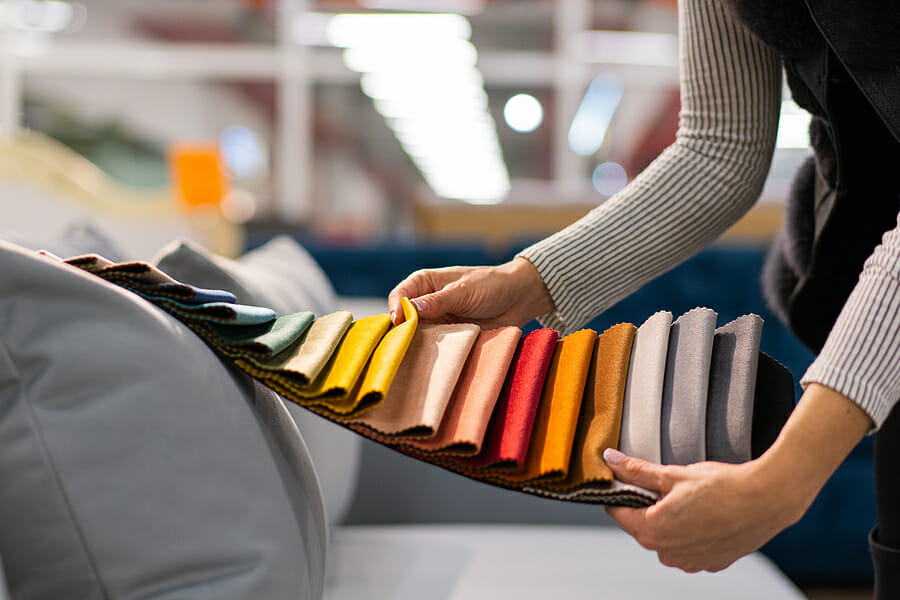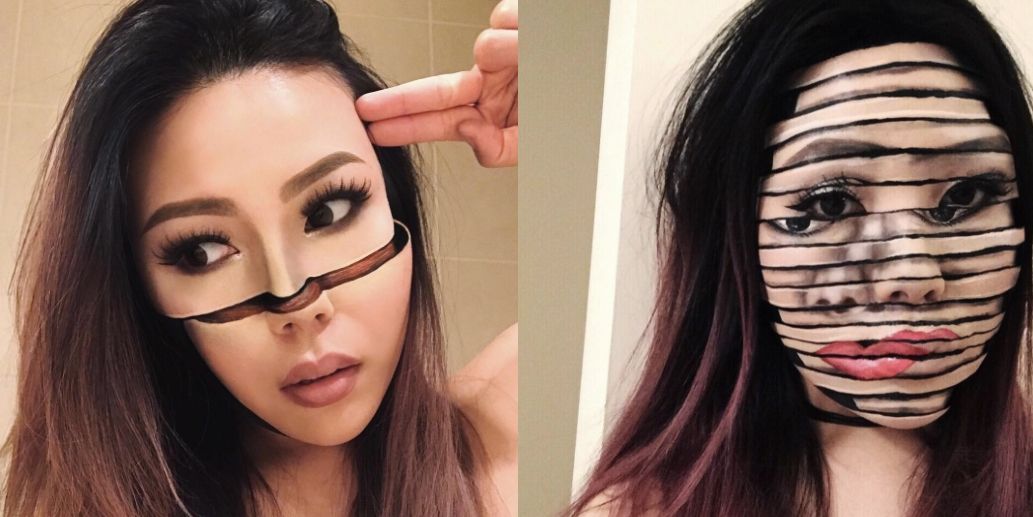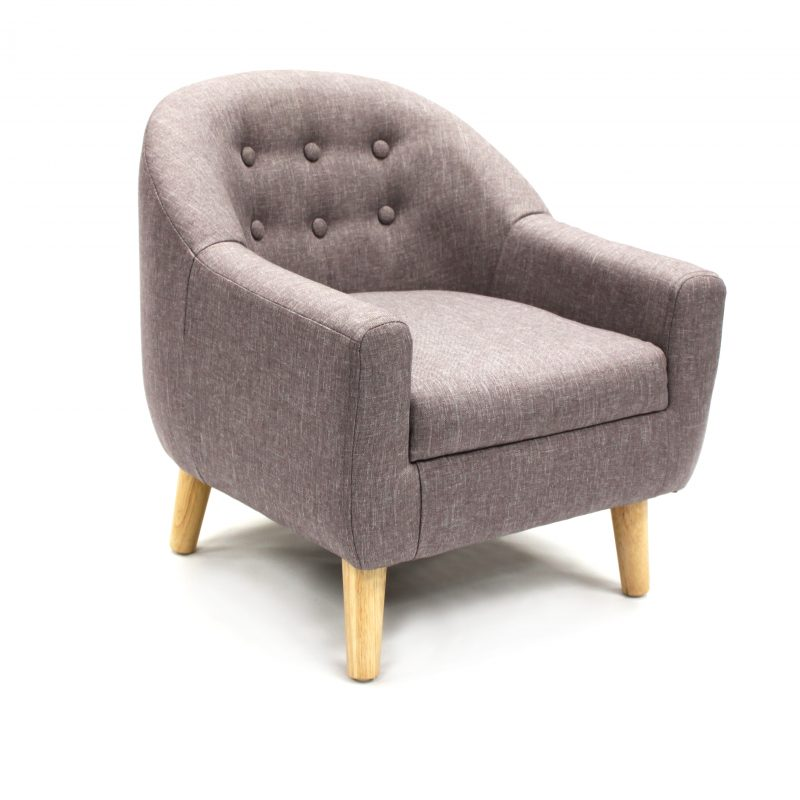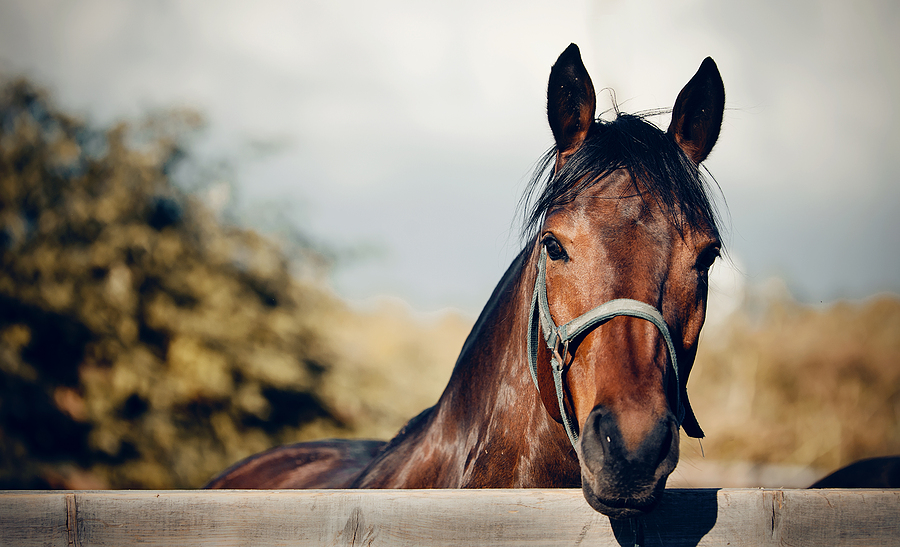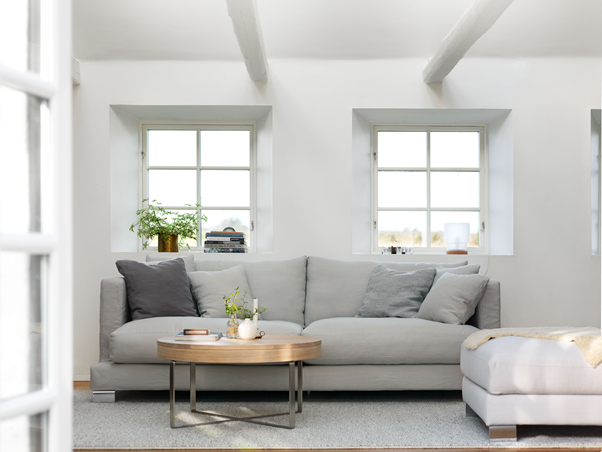Do you enjoy hosting parties or meetings at your home or workplace? Either way, choosing the right sofa will determine how much fun you have during the event. Fabric sofas are covered in various materials for many reasons, the most important of which is decoration.
Interior design began with German inventions, which led to horse padding and is now used on every couch. The Italians also brought over the backrest and sofa arms. More advancements will make these fabric sofas more appealing and comfortable over time.
The upholstery material used in the living room determines how appealing it is while also making guests feel comfortable. Some new coaches may appear to be fantastic, but the fabric used is not durable enough to withstand normal wear and tear. This may leave you feeling disappointed and remorseful about your recent purchase.
Before you acquire any 2-seater fabric chesterfield sofa for your living room, understand how they are made.
Materials Used in Making a Fabric Sofa
Table of Contents
Sofa fabrics are now available in various styles. If you prefer stain-resistant materials, leather sofas are the way to go. Linen sofas are the best choice for those who value extravagance. Velvet fabrics are also ideal for those who value amenities. Many other fabrics, such as polyester and nylon, are used to make the sofa. The client can select their preferred option based on their financial constraints.
A typical-sized fabric sofa takes significant time and effort to construct. Everything starts with the frame and progresses to the entire fabric-making process, which is a time-consuming task. Each step must be carried out perfectly to obtain a fantastic, long-lasting sofa set.
The Manufacturing Process
A single set of sofas require at least two weeks of specialised labour. Individuals and even small firms need their power saws and motorised devices to get work done. Other tools required include pliers, diagonal cutters, hand tools, and more.
Framing
First, the frame is made of fine, defect-free wood. The wood should be thick enough to support heavy tension webbing. When set on a weak structure, it may fail to withstand the redistributed weight. Other sections with links to the frame include the seat, back section, arms, and legs.
Clean-cut, glue joints are supported by comer braces and screwed into place to bind these units. The springs must also be connected and padded separately. The springs are then organised in the seat section and framed with supportive slats.
Webbing and Springs
At this stage, the burlap device made in India is applied as webbing, where strips of the material are stretched across the frame, interwoven, and tacked down. Then, flax twine is applied to strap the springs onto the webbing. Three lines of twine are tacked and tied on the springs and then positioned individually. This process then continues into all sections, sides, and arms, paying attention to the bottom part.
Padding
Padding follows after the frame is fully complete. This process is very crucial as it determines whether your sofa will last for a long time and be comfortable or not. Here, filling materials such as fibre and foam are used. These materials are a favourite among manufacturers as they are super soft and durable. If you are on a budget, you can also consider polyester fillings, though you’ll need to change them regularly.
Padding happens on each section with burlap and horse hair applied. They’re placed on the seat edge, pinned in one place, and stitched well. The removal of pins occurs one by one as the stitching continues. A repeat happens to the arms, back sections, and centre. If errors occur during this process, the manufacturer addresses them immediately before proceeding to the next step.
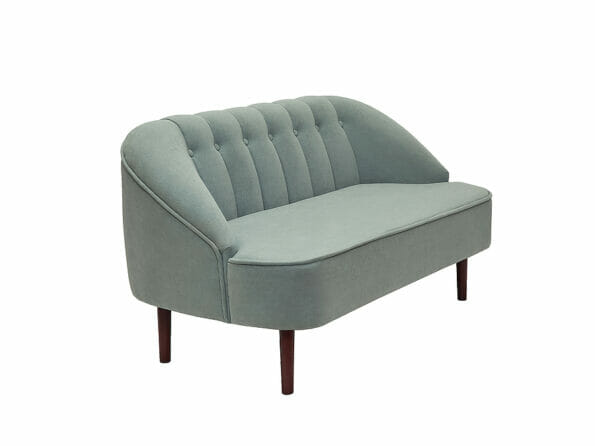
Fabric
After filling or padding, the manufacturer covers the sofa with the preferred fabric. Every section that needs fabric covering is measured and recorded for fabric purchasing. The panels that require fixing of the material are marked with chalk.
If fabrics and panels require pre-stitching before being stitched to the padded frame, they’re attended to first. The fitting of the material is a complicated process because some sections, such as pleated arms or seat panels, require hand stitching. While others, such as the back or back areas, need machine stitching.
Before the final fabric stitching, a cotton batting and panel fabric must be padded, stretched, and tacked. Then, the stitching of the covering is done from the top, bottom, back, and pleated front to give an impressive outward look.
Finishing
After the sofa is perfectly covered at the base with a dust cover, the manufacturer may choose to fit it with a chosen skirt. Some panel covers may be distributed on the arms, while cushions may be needed to cover the seat. These are made from a ticking jacket, enclosing two pads to create an internal foam core. They are then enclosed with finishing fabric panels and set up with a back zipper to allow for removal during cleaning.
Image Source: BigStockPhoto.com (Licensed)
Related Categories: Home, Reviews



